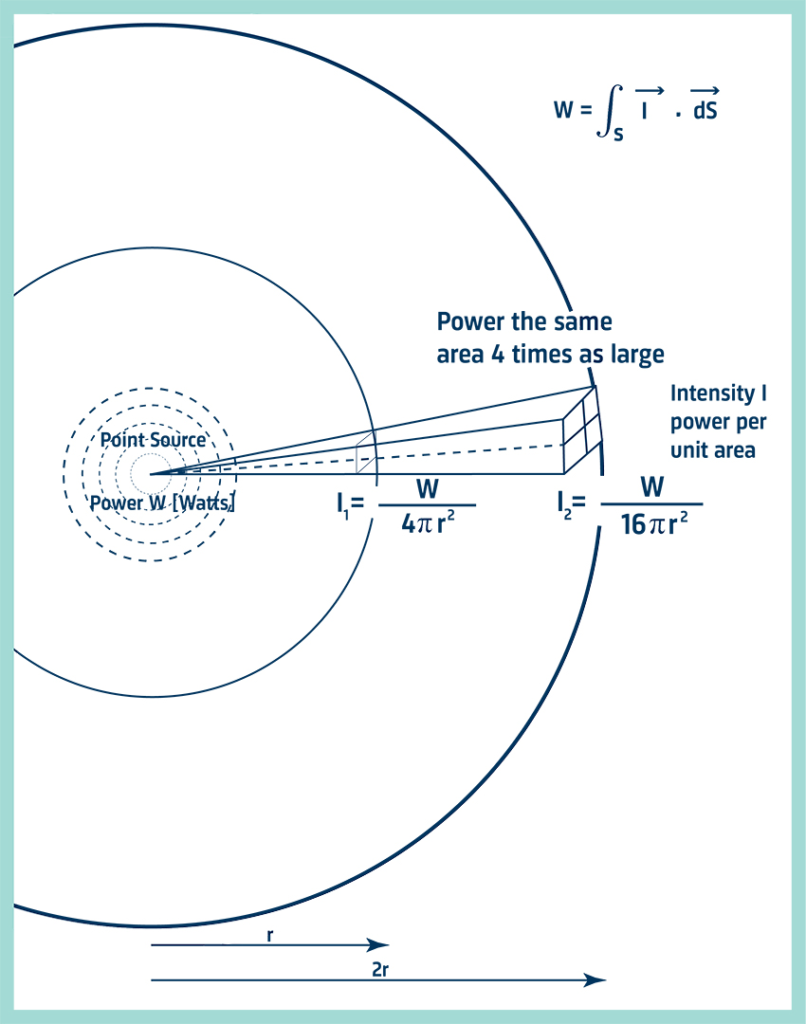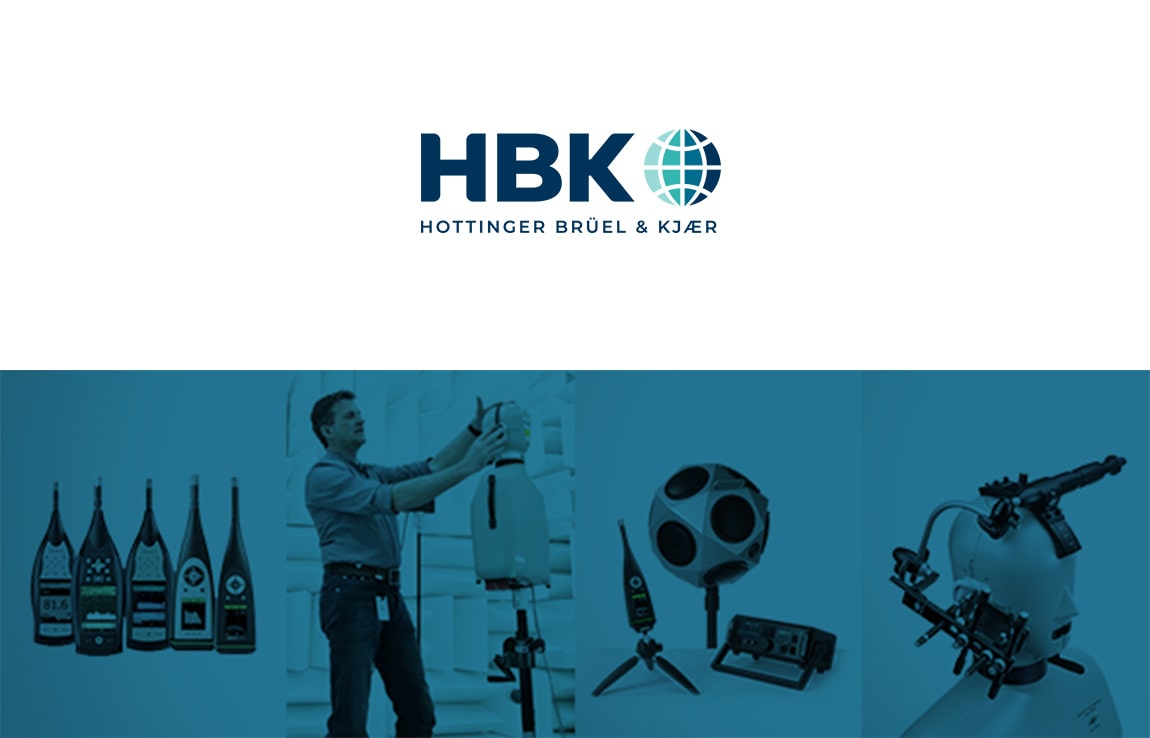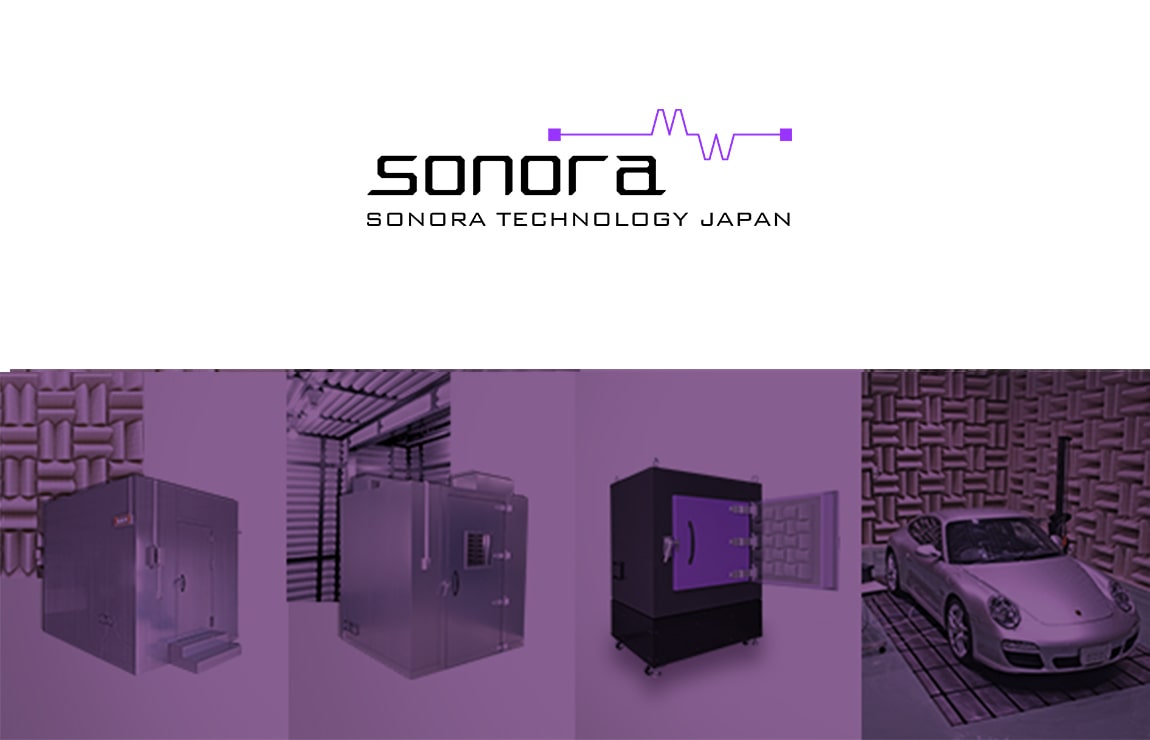Technical Column
What is Acoustic Intensity?
May 26, 2025
- HBK × SONORA Acoustic Measurement Solution Official Website
- Technical Column
- What is Acoustic Intensity?
Acoustic Power Measurement
The acoustic energy radiated from a vibrating object is the sound itself.
Acoustic power indicates the rate at which this energy is emitted and refers to the amount of energy released per unit time.
In contrast, acoustic intensity represents the flow of acoustic energy passing through a unit area, and is used as an indicator to quantify the “strength” of sound.
In the International System of Units (SI), the reference unit area for acoustic intensity is defined as 1 square meter (m²), and therefore, the unit of acoustic intensity is watts per square meter (W/m²).
By applying this concept, it becomes possible to specifically measure the strength of the acoustic energy radiated from a sound source and to analyze both the acoustic output of the source and the distribution of sound within a sound field.
The measurement of acoustic intensity plays an important role across various fields, including acoustics, acoustic engineering, and environmental acoustics.

Acoustic intensity is defined as a vector quantity because it includes both the magnitude and direction of the acoustic energy flow.
This means that acoustic energy flows in a specific direction, and acoustic intensity serves as an indicator of that directionality.
Due to this property, acoustic intensity is highly effective for evaluating both the direction and strength of energy flow within a sound field.
In contrast, sound pressure is a scalar quantity, representing only the magnitude of energy without any directional component.
Typically, the measurement of acoustic intensity involves assessing the intensity in the normal direction (i.e., perpendicular to a given surface area) through which the energy flows.
Since acoustic intensity is defined as the time-averaged energy flow per unit area, it allows for the capture of the effective energy flow even when instantaneous energy fluctuates back and forth over time.
By measuring the spatially averaged normal intensity across the entire area through which the energy radiated from a sound source passes, and multiplying it by the surface area, it is possible to determine the total acoustic power emitted by the source.
This method enables the quantitative assessment of the acoustic output strength of a sound source.
Furthermore, acoustic intensity (as well as sound pressure) follows the inverse square law in a free field.
According to this law, when the distance from the sound source doubles, the sound pressure level decreases by approximately 6 decibels.
This principle makes it possible to predict how sound pressure and intensity will vary depending on the distance from the source.

When the distance from a sound source doubles, the surface area of the sphere through which the sound passes increases by a factor of four.
This is because the surface area of a sphere centered around the source is proportional to the square of its radius.
Since the total acoustic power radiated from the source remains constant, the area over which the energy is distributed increases as the distance from the source increases.
As a result of this increase in area, the amount of energy received per unit area — that is, the acoustic intensity — decreases with distance.
When the distance doubles, the surface area becomes four times larger, and therefore the acoustic intensity per unit area decreases to one-fourth.
This explains the background of the inverse square law for acoustic energy, which is one of the fundamental principles in acoustics.
By applying this law, it becomes possible to quantitatively evaluate how acoustic intensity changes depending on the distance from the sound source.
Latest Posts in Technical Column
-

2025.12.11
The Geometry of Acoustic Design — How Chamber Shape Defines Sound Field Performance -

2025.12.06
Integrated Design of Anechoic Chambers with Auxiliary Equipment — Balancing Silence and Functionality — -

2025.11.30
Modular Semi-Anechoic Chambers — A Flexible Solution for Deployable Acoustic Testing — -

2025.11.25
Measuring Silence: How Anechoic Chambers Support Industrial Quality -

2025.11.18
Designing for Reproducibility — Environmental Stabilization in Acoustic Measurement — -

2025.11.13
The New Generation of Mobile Acoustic Measurement — Field Accuracy for Building and Environmental Sound Testing — -

2025.11.07
The Design Logic Behind the Inverse Square Law Zone in Anechoic Chambers -

2025.10.31
Acoustic Cameras and Anechoic Chambers — Visualizing Silence for Sound Source Analysis — -

2025.10.25
Integrated Acoustic and Vibration Analysis — Designing the Data Flow That Connects Measurement and Insight— -

2025.10.20
End-of-Line Acoustic Testing — Quantifying Quietness in Mass Production —

Contact Us
- Contact us by email
-
- Contact us by phone
-
Moritani Shokai
(Machinery Department No. 2, Tokyo Head Office)
Introduction of the Manufacturer
-

Hottinger Bruel & Kjaer
HHBK is a merger of two companies: Brüel & Kjær of Denmark and HBM of Germany.
Brüel & Kjær is one of the world’s leading manufacturers of acoustic and vibration measurement instruments, known as a total measurement chain supplier.Learn more about HBK
-

Sonora Technology Co., Ltd.
Sonora Technology is a leading Japanese manufacturer of industrial anechoic chambers and anechoic boxes.
From design and manufacturing to installation and acoustic performance assurance, Sonora provides fully integrated solutions to build complete acoustic measurement environments from the ground up.Learn more about Sonora

Contact / Request Brochure
For inquiries or consultations regarding the total solutions provided by HBK × Sonora, please feel free to contact us using the Contact button.
If you would like a brochure sent by mail, please use the Request Brochure button.